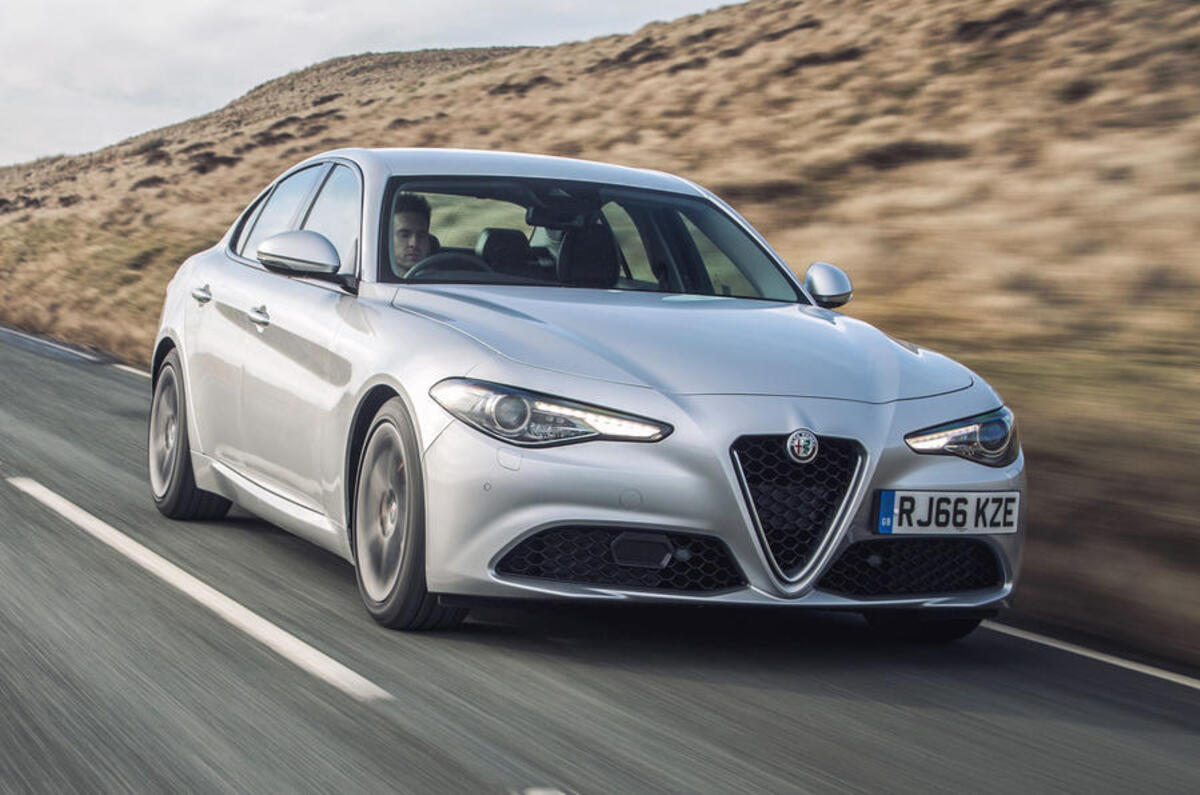Last month, I wrote about the critical situation of Alfa Romeo’s sales figures, prompting the sort of pile on the internet is famous for.
But within the loud debate came a voice of reason, saying that by thinking in traditional industry terms, I had missed the point.







Join the debate
Add your comment
This assumes that Stellantis takes on the financial risk instead of the customer, which is unlikely. Heavy depreciating cars with reliability problems are usually quite painful to drive on a contract.
I think the main reason Imparato is talking about contract agreements is that Tevares is on a mission to drive revenue from cloud-based services. His CES press conference was fascinating on this topic and their investment plans are astonishing. This requires a close customer relationship to up-sell each 'app' and a billing arrangement through a single customer account. It all fits together very nicely.
One problem has been inconsistent market presence. They are in a sector, then they are out, then a few years later back again. I am talking Mito, no replacement, Gulietta , no replacement. 159 gone, and then had to wait years before Guilia came. 4C, gone. Brera long buried, Spider shares the same gravestone. Why anyone would be an Alfa dealer still amazes me.
So currently we have Alfa with no sports car , no coupe, no convertible, no mid size hatch, no supermini.
Every few years they pretend they are going to really challenge the premium makers. The same old BS, promoted as a real possibility by a fawning press.
No one has come close to making subscription work. And if it ever does, as a purely financial product requiring minimal investment, any other maker from any sector can copy and have it available in weeks.
Therefore the quality and desirability of future Alfa product will save Alfa. Not a moderately clever accountant with a calculator fine tuning monthly subscription fees.
And this myth that everyone should own Alfa may have been true 30 years ago but anyone under 50 would think you were insane .
An enigma at best, some great looking Cars, some real Dogs, and the rust curse applied to all Italian Cars back in the 80's I think never really went away.
Are you speaking from experience? Do you really think the current Giulia and Stelvio have rust issues? I'd love to hear why...
Maybe they haven't now, but, the rusty Italian Cars thing rears it's ugly head whenever a mainstream Car is announced, and that doesn't help, I have a friend who had a 156 way back, it had the paddle gearbox which didn't particularly like, and the front suspension was easily knocked out of alignment, that and a few other issues kind of spoiled a Car the looked inside and out fantastic, Alfas issues really are about dispelling the myths of yesteryear and that's the hard bit, there are so many really good Cars out there these Days, some are Ev's and Alfa hasn't got one of these yet.
So stop perpetuating the rusty-Italian-cars thing! By doing that, you're part of the problem.
We've had both our Giulias ('18 and '20) from new. Both have been completely reliable. The '18 was my first Alfa. Most people I know who have a current Giulia or Stelvio have had few, if any, problems. Of course, I know of people who have had issues, but that's equally true of the people I know who have Mercedes, Audis, BMWs, etc. For example, a friend of mine's 2019 M-B E300 just broke a valve spring.
I'm not saying I don't like Alfa's, the GT was drop dead gorgeous but doesn't fit my needs, but, here in the UK you don't see many new Alfa on the road, BMW?, I was a passenger a couple of Days ago so I had the opportunity to Car spot, I saw ten BMW,of various ages to new, then a couple of Tesla3, four maybe five Kia, all in the space of twenty minutes, never saw an Alfa new or otherwise, Alfa need a revamp from top to bottom.